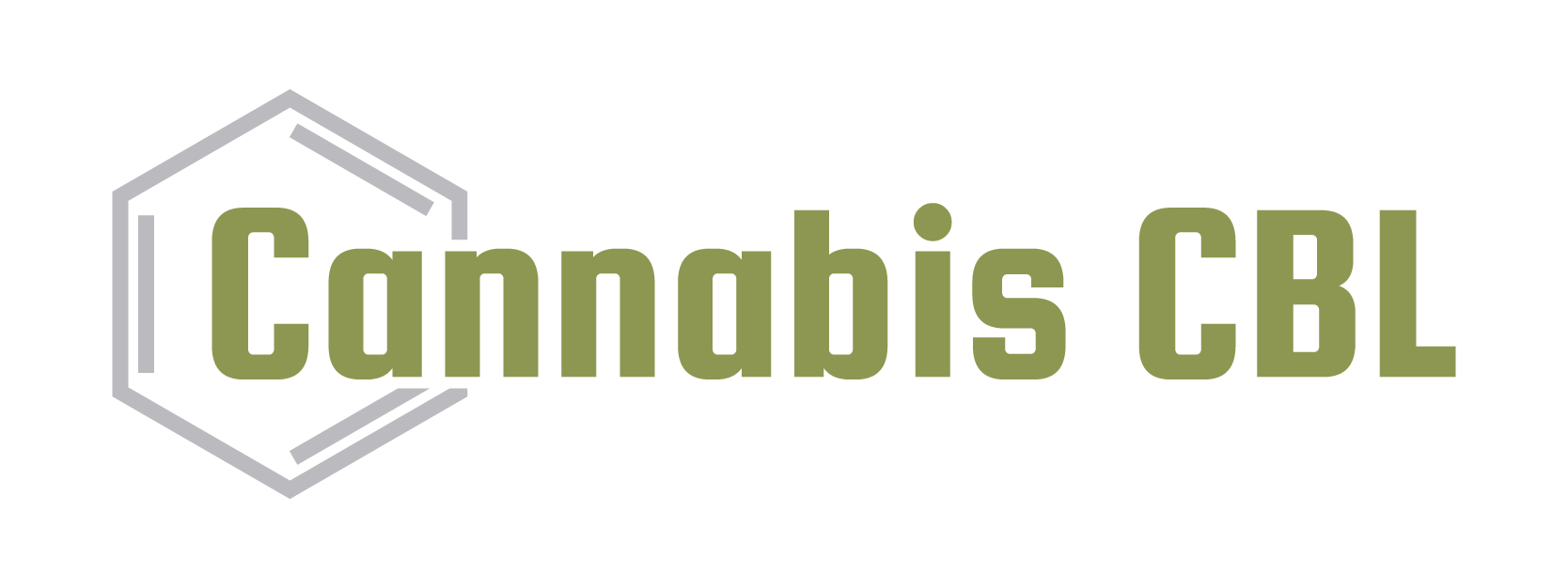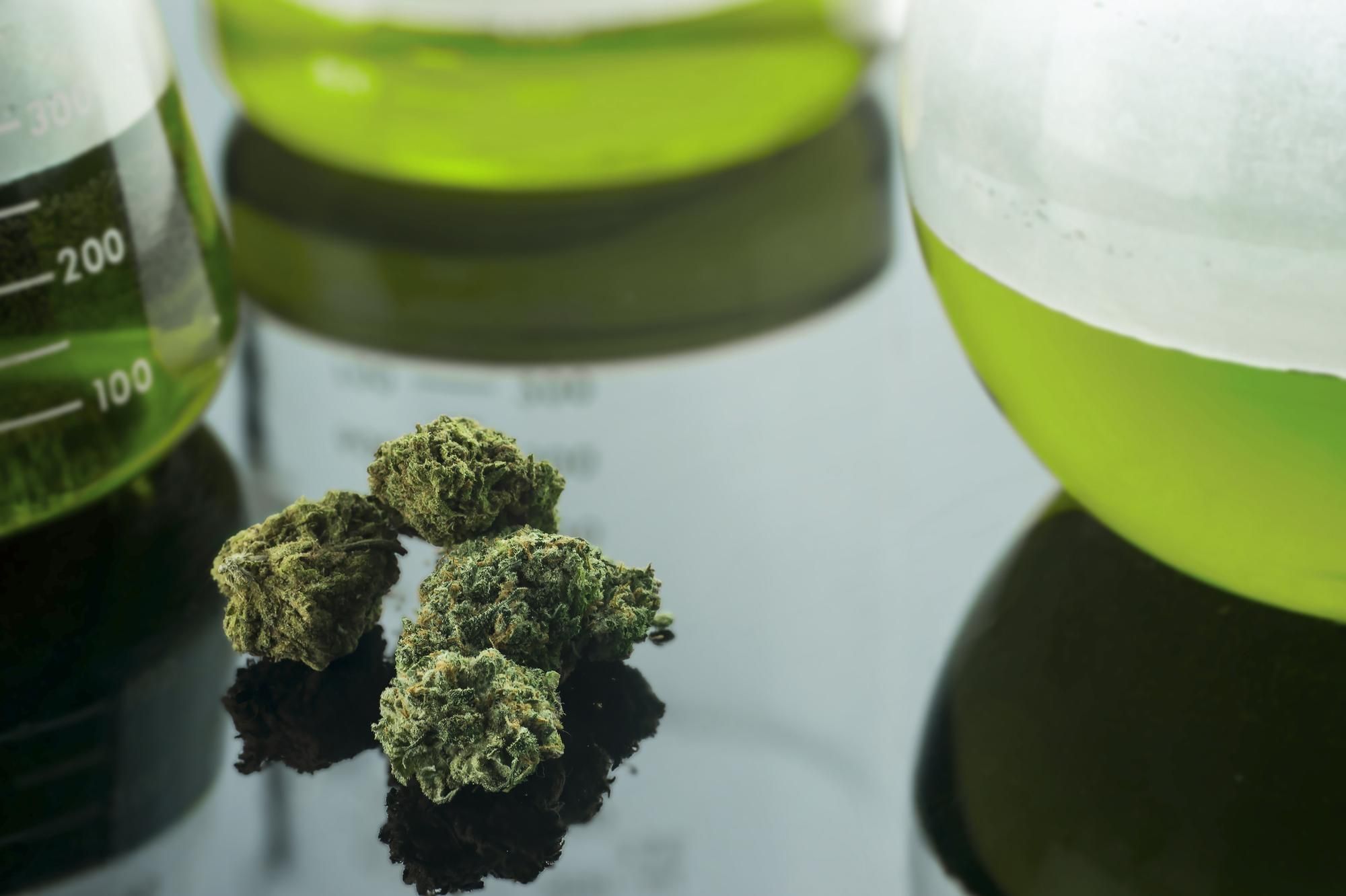CBL is a rare, non-intoxicating phytocannabinoid that typically appears only in trace amounts. Chemically, it’s best understood as a downstream product of cannabichromene (CBC): exposure to ultraviolet light and/or oxidation can rearrange CBC’s structure into CBL, which helps explain why CBL is more often detected in aged or light-exposed material than in fresh flowers. Mechanistically, this is a non-enzymatic, photochemical transformation rather than a pathway driven by a dedicated plant synthase.
Receptor pharmacology has historically been a blank spot. Earlier structure-activity work grouped CBL with degradants (like CBN) that show low affinity for the canonical cannabinoid receptors CB1 and CB2, implying it likely does not produce THC-like effects. Until recently, virtually no published functional data existed to clarify what CBL does in human cells.
That changed in 2025 with the first detailed bioassays: researchers reported that racemic CBL ((±)-CBL) can act as a potent positive allosteric modulator (PAM) at the serotonin 5-HT1A receptor. In cellular assays, low micromolar CBL substantially amplified serotonin-induced signaling, while at higher concentrations it behaved as a weak agonist on its own. This is notable because 5-HT1A is a well-studied target in anxiety, mood, thermoregulation, and emesis pathways; a cannabinoid acting as a 5-HT1A PAM is unusual and could open new medicinal chemistry directions—pending replication and in-vivo confirmation. Importantly, these data are preclinical and do not demonstrate therapeutic benefit in humans.
Beyond that single receptor finding, the CBL evidence base is sparse. Comprehensive cannabis reviews in recent years repeatedly note the field’s bias toward THC, CBD, and a few “minor” cannabinoids; CBL research remains at the “chemistry and occurrence” stage with very limited pharmacology, no clinical trials, and essentially no toxicokinetic or safety datasets. As of today, no authoritative body has issued therapeutic guidance specific to CBL.
What this means for consumers and product developers:
- Expect variability. Because CBL forms from CBC via light/oxidation, agricultural and post-harvest handling strongly influence levels. Fresh, carefully stored material will generally show very little CBL; improperly stored or intentionally light-treated extracts may show more.
- Do not assume CB1/CB2 activity. Current evidence suggests weak interaction at cannabinoid receptors, so CBL’s effects—if any—may come from non-cannabinoid targets such as 5-HT1A. Validation across broader target panels is still needed.
- Mind the evidence gap. The National Academies’ reference volumes catalog the plant’s chemical diversity but do not ascribe clinical effects to CBL. Until pharmacokinetics, safety, and controlled human studies arrive, CBL should be treated as an intriguing laboratory signal, not a proven therapeutic.
Bottom line: CBL is a photochemically derived, non-intoxicating minor cannabinoid with emerging preclinical evidence as a 5-HT1A receptor modulator. It remains under-characterized, with no clinical efficacy or safety data to date. Continued work—especially receptor profiling beyond 5-HT1A, metabolism, and in-vivo studies—will determine whether CBL is a pharmacological curiosity or a bona fide lead for drug discovery.

